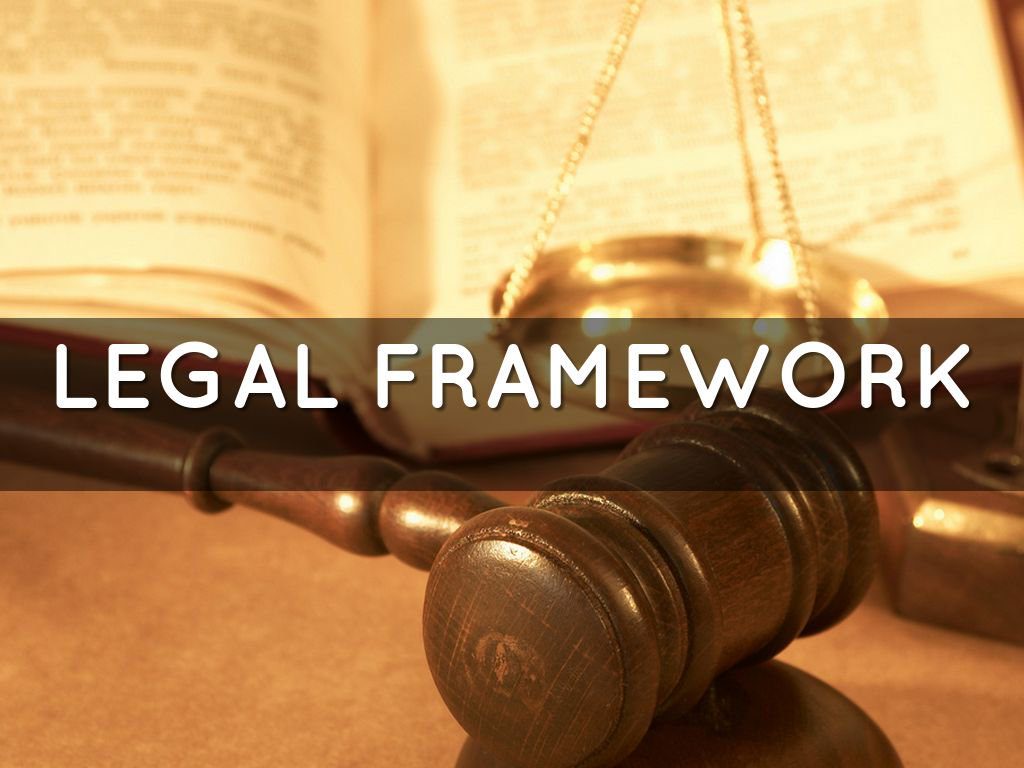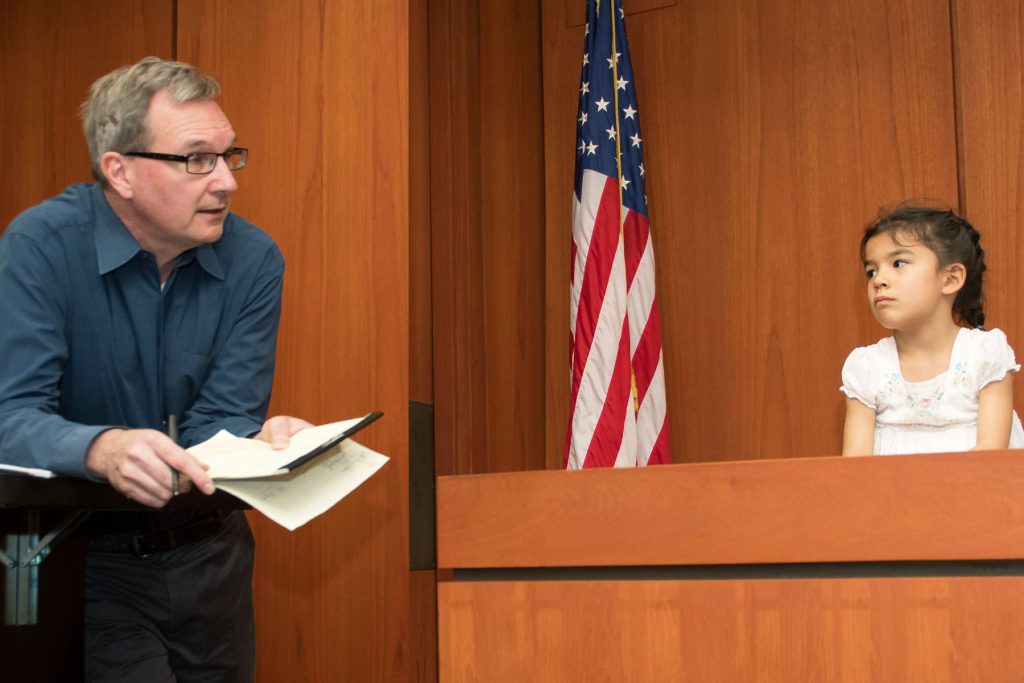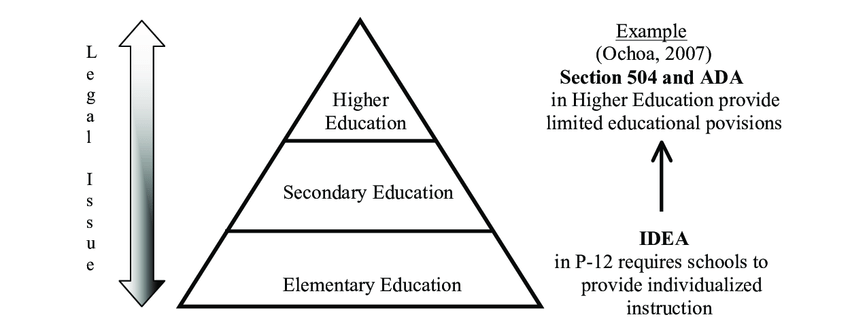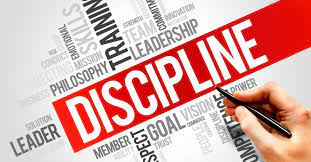Introduction
It’s no secret that childhood obesity rates are at an all-time high and that unhealthy eating habits can lead to numerous health issues. To combat these problems, many educational institutions are considering the implementation of a whole-school food policy. This article will walk you through the process of developing and implementing such a policy at your school.
Step One: Establish a Food Policy Committee
The first step in developing a whole-school food policy is to create a committee consisting of various stakeholders. This committee should comprise representatives such as teachers, administrators, parents, students, food service staff, and even healthcare professionals. Their primary responsibility will be to develop, promote, and monitor the implementation of the food policy.
Step Two: Conduct a School Nutrition Assessment
To create an effective food policy, it’s essential to understand the current state of nutrition in your school. This assessment may include analyzing cafeteria menus, conducting surveys targeting students’ eating habits, evaluating vending machine offerings, and reviewing any existing policies related to food and nutrition.
Step Three: Set Objectives and Goals
After completing the nutrition assessment, your committee should establish clear objectives and goals for the whole-school food policy. These objectives might include increasing awareness of healthy eating habits among students and staff, reducing access to junk foods on campus or increasing student participation in meal programs.
Step Four: Develop Policy Guidelines
Once objectives have been defined, you can start creating guidelines to support these goals. These guidelines could cover several areas such as:
– Setting nutritional standards for school meals
– Ensuring access to free drinking water throughout the school
– Encouraging healthier fundraising practices
– Providing teacher training on nutrition education
– Promoting physical activity during breaks and after-school programs
– Restricting marketing of unhealthy foods on campus
Step Five: Engage the School Community
For successful implementation, it is crucial to involve the entire school community, including students, teachers, and parents. By creating awareness campaigns, educational materials, and workshops, you can foster a culture of healthy eating that extends beyond the cafeteria.
Step Six: Monitor and Evaluate Progress
Once the whole-school food policy is implemented, monitoring and evaluation become critical. This process should include:
– Regularly reviewing menus and food offerings
– Monitoring cafeteria sales to track any shifts in consumer habits
– Assessing participation rates in meal programs
– Reassessing vending machine products
– Collecting feedback from students, parents, and staff
Conclusion
Developing a whole-school food policy is not only about making healthier choices more accessible; it is also about fostering a culture of health and well-being within the school community. By following these six steps, you can create a comprehensive food policy that supports the lifelong health of your students.











